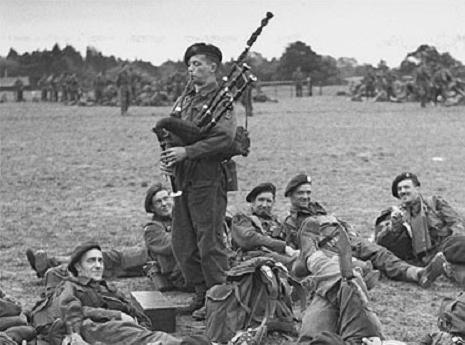
Many aficionados of Scottish traditional music regard Ewan MacColl as one of the foremost singers of his generation; fewer know of his pioneering radio work.
The ballad of John Axon was recorded and broadcast by the BBC in 1958 as the first of a group of programs known collectively as Radio Ballads. It tells the story of a railway accident in which the driver John Axon died heroically while attempting to avert disaster.
In the program, four actual ballads carry the narrative, supplemented by several self-contained songs that illustrate the story rather than tell it, sections of recitative that provide insight into the minds of Axton and his fellow railwaymen, and the recorded speech of Axon’s widow and workmates. Although MacColl and Charles Parker are often credited jointly with the authorship of the program, strong evidence suggests that MacColl wrote it in response to an idea suggested by Parker, who served as the producer.
This according to “John Axon: Ewan MacColl’s tragic hero?” by Mick Verrier (English dance and song LXI/3 [fall 1999] pp. 2–4).
MacColl would have been 100 today! Below, one of the songs from the show, with Peggy Seeger on the banjo.






